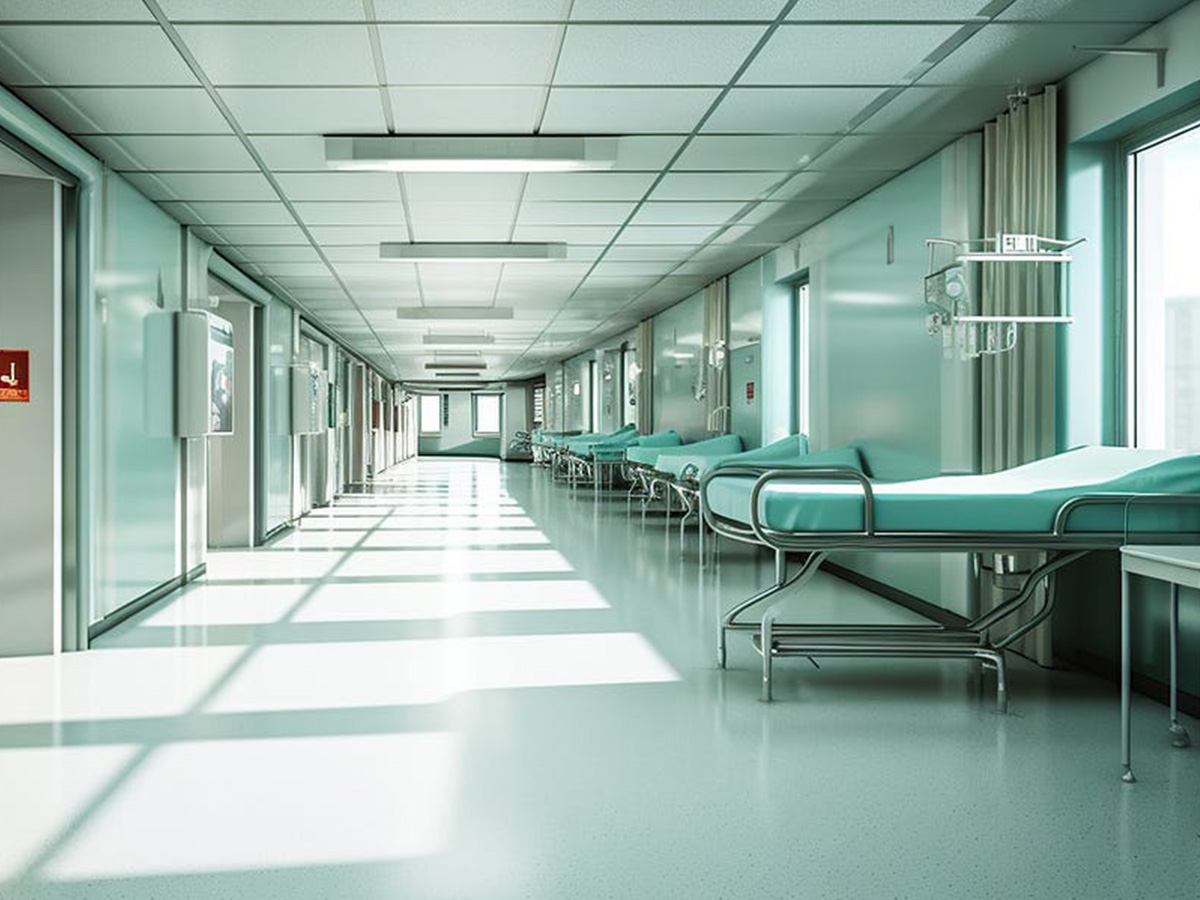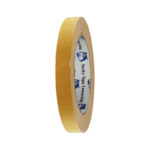In healthcare facilities, ensuring patient safety is a top priority. Clear and effective markings play a crucial role in maintaining a safe environment for both patients and staff. From guiding patients through complex facilities to highlighting emergency exits and hazards, proper markings help prevent accidents and streamline operations. This blog explores the various types of markings used in healthcare settings, their applications, and how they contribute to a safer, more efficient environment.
The Importance of Markings in Healthcare Facilities
Healthcare facilities are bustling environments with numerous rooms, corridors, and specialised areas. Proper markings are essential for several reasons:
- Navigation and Wayfinding: Clear markings guide patients and visitors through the facility, reducing confusion and stress. This is especially important in large hospitals with multiple departments.
- Safety and Hazard Identification: Markings highlight potential hazards, ensuring that both staff and patients are aware of areas that require caution, such as wet floors or restricted zones.
- Compliance with Regulations: Healthcare facilities must comply with strict safety and accessibility regulations. Proper markings help meet these standards and avoid penalties.
- Efficient Workflow: Markings delineate work areas and pathways, streamlining movement and reducing the risk of accidents in busy environments.
Types of Markings in Healthcare Facilities
Different types of markings are used throughout healthcare facilities, each serving a specific purpose:
Floor Markings:
- Wayfinding Arrows: Direct patients and visitors through reflective adhesive tapes in Australia to various departments, rooms, and facilities.
- Safety Zones: Highlight areas where extra caution is needed, such as near machinery or hazardous materials.
- Social Distancing Markers: Indicate safe distances to maintain, particularly in waiting areas or queues.
Wall and Door Signage:
- Room Identification Signs: Clearly label rooms to help patients and staff navigate the facility.
- Emergency Exit Signs: Mark emergency exits and routes to ensure quick and safe evacuation.
- Hazard Warnings: Alert staff and patients to potential hazards, such as radiation areas or biohazard zones.
Reflective Markings:
- Emergency Equipment: Highlight the locations of fire extinguishers, defibrillators, and first aid kits for quick access in emergencies.
- Exit Routes: Ensure that exit paths are visible even in low-light conditions or during power outages.
Colour-Coded Markings:
- Zone Demarcation: Use different colours to signify different areas, such as surgical zones, patient care areas, and administrative offices.
- Pipe and Cable Markings: Colour-coded tapes like yellow caution floor tapes identify various utilities and systems, aiding in maintenance and emergency repairs.
Applications of Markings in Healthcare Settings
Effective use of markings can significantly enhance the safety and efficiency of healthcare facilities:
Patient Navigation:
Corridor Arrows: Arrows and directional signs guide patients to their destinations, reducing the likelihood of getting lost.
Floor Maps: Floor maps placed at key points provide an overview of the facility, aiding in navigation.
Emergency Preparedness:
Evacuation Routes: Clearly marked evacuation routes and exits ensure swift and safe egress during emergencies.
Emergency Equipment Access: Reflective markings make life-saving equipment easy to locate in critical situations.
Infection Control:
Isolation Zones: Markings indicate isolation areas to prevent the spread of infectious diseases.
Hand Hygiene Stations: Signage and floor markings direct staff and visitors to hand sanitiser stations, promoting hygiene.
Workplace Safety:
Hazardous Areas: Clearly marked hazardous areas prevent accidental exposure to dangerous substances or environments.
Safe Walkways: Designated walkways reduce the risk of accidents by separating pedestrian traffic from equipment and machinery.
Best Practices for Implementing Markings
To ensure the effectiveness of markings in healthcare facilities, it’s important to follow these best practices:
- Use Durable Materials: Choose high-quality, durable materials that can withstand the rigours of a healthcare environment. This includes resistant to cleaning agents and high foot traffic.
- Maintain Visibility: Ensure that markings are highly visible and easily distinguishable. Use contrasting colours and reflective materials where necessary.
- Regular Maintenance: Conduct regular inspections and maintenance to ensure that markings remain clear and intact. Replace worn or damaged markings promptly.
- Compliance with Standards: Ensure that all markings comply with relevant health and safety regulations, including accessibility standards.
- Staff Training: Educate staff on the importance of markings and how to interpret them correctly. This ensures that everyone in the facility understands and adheres to the safety protocols.
Conclusion
Markings are an essential component of maintaining a safe and efficient healthcare environment. From guiding patients and visitors to ensuring quick access to emergency equipment, the strategic use of markings can significantly enhance safety and streamline operations. By following best practices and choosing high-quality materials, healthcare facilities can ensure that their markings remain effective and compliant with regulations. At “My Tape Store,” we offer a wide range of marking solutions like yellow reflective tape tailored to the unique needs of healthcare settings. Explore our selection today and discover how our products can help you create a safer, more efficient healthcare facility.















